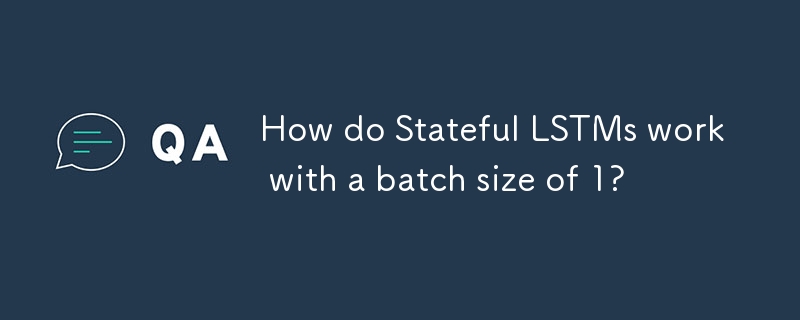
Understanding Keras Long Short Term Memories (LSTMs)
Reshaping Data and Stateful LSTMs
Reshaping Data
- The data series is reshaped into [samples, time steps, features] to enable the LSTM layer to process sequences of time-series data.
- Time steps represent the number of time points in each sequence, while features represent the different variables or channels.
Stateful LSTMs
- Stateful LSTMs maintain their internal state across batches, allowing them to remember previous outputs.
- This is useful for tasks where the context from previous time steps is important for predicting future events.
Question 1: Time Steps and Features
- The image with pink boxes illustrates the "many to one" case, where the number of black boxes (features) is 3, and the number of pink boxes (time steps) is variable.
- This means that the input sequence contains 3 features per time step.
Question 2: Stateful LSTMs
- In the code example provided, stateful LSTMs are employed, but batch_size is set to 1.
- This means that the model is trained on one sequence at a time, and the cell memory values are reset after each batch.
- The purpose of using stateful LSTMs is to preserve the context across time steps within a single sequence, despite the batch size being 1.
Image Correspondences
-
First Diagram (Unrolled, Batch Size != 1): Each row represents the contents of the LSTM's internal state (orange boxes) and the output (green box) at each time step within a batch.
-
Second Diagram (Batch Size = 1): Similar to the first diagram, but each row represents the contents of the state and output for the entire sequence in a single batch (batch size of 1).
Additional Notes
-
Multivariate Series: To process multivariate series, where each time step contains multiple features, the number of features in the reshape and LSTM layer should be equal to the total number of features in the data.
-
Time Distributed Layer: The TimeDistributed layer can be used to apply the same transformation to each time step in a sequence, effectively creating a many to many layer.
The above is the detailed content of How do Stateful LSTMs work with a batch size of 1?. For more information, please follow other related articles on the PHP Chinese website!






